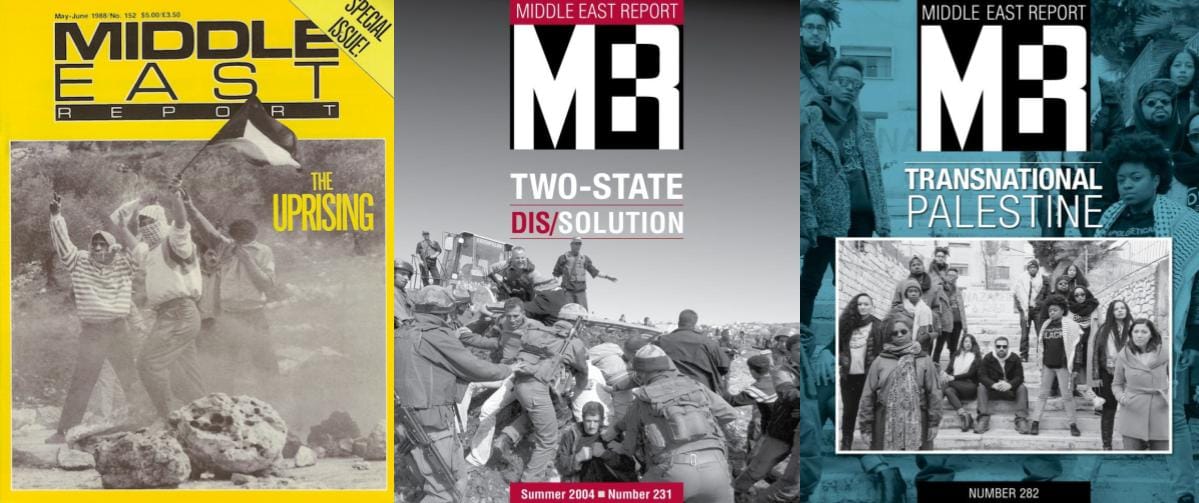Revisiting MERIP Coverage of Gaza, Jerusalem and the Israeli-Palestinian Conflict
For more than 50 years, MERIP has provided a depth of analysis on Palestine and Palestinian politics that is unmatched. Here we dive into the archives to highlight both historical and recent MERIP articles that provide key context for the current crises in Gaza and Jerusalem as well as important bac








